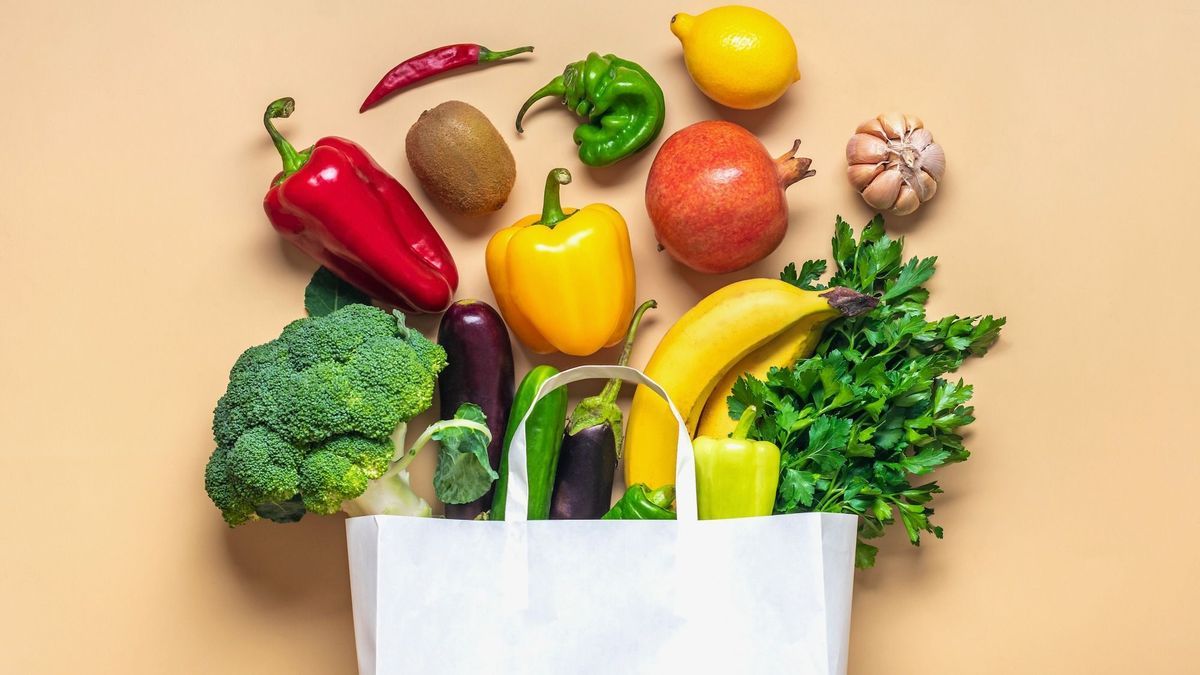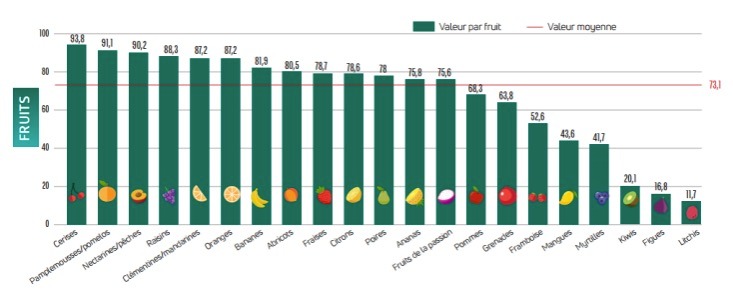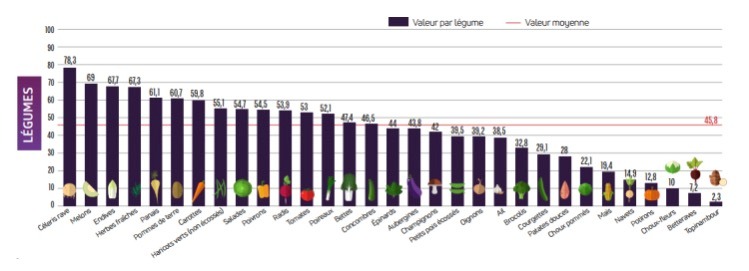
Do you know what you really put on your plate? Générations Futures enlightens you by unveiling a new report on plants contaminated by pesticides.
Like every year, Générations Futures publishes its new inventory of pesticide residues in non-organic fruits and vegetables sold in Europe. Verdict? The results are completely worrying.
What are the most contaminated fruits?
For this study, the Générations Futures association based itself on “the results of monitoring plans relating to pesticide residues carried out by the French authorities over 5 years (2017 to 2021)“.
With this in mind, 21 fruits and 31 vegetables were selected.
Several indicators were also studied:
- The percentage of samples with at least 1 residue quantified;
- The percentage of samples with MRL exceedances;
- The percentage of samples with the presence of multiple pesticide residues quantified.
Result ? Five fruits quickly stood out from the basket due to their (very) high pesticide content. It’s about :
- Cherries (93.8% of samples with at least one pesticide residue quantified);
- Grapefruits (91.1%);
- Nectarines/peaches (90.2%);
- Grapes (88.3%);
- Clementines/mandarins (87.2%).
The average “for all non-organic fruits retained combined” is also chilling: 73.1% of samples are concerned by the presence of at least one quantified pesticide residue (2017-2021).

As for the three non-organic fruits presenting at least one pesticide residue higher than the Maximum Residue Limit over the last 5 years, these are passion fruits (37.2%); pineapple (22.6%) and pomegranates (18.8%).
How to eliminate as many pesticides as possible at home?
According to our nutrition expert, Alexandra Murcier, it is suitable “wash fruits and vegetables with white vinegar, rubbing them well. Then rinse them with clean water.”
What are the most contaminated vegetables?
Vegetables do not seem to be spared from pesticides either. Thus, among non-organic vegetables presenting at least one pesticide residue quantified over the last 5 years, we find:
- Celery root (78.3%);
- Melons (69%);
- Endives (67.7%);
- Fresh herbs (67.3%);
- Parsnip (61.1%).
Furthermore, 45.8% of non-organic vegetables tested are affected.by the presence of at least one quantified pesticide residue (2017-2021)“.

Finally, the three non-organic vegetables presenting at least one pesticide residue higher than the Maximum Residue Limit over the last 5 years turn out to be: fresh herbs (13.8%), celery root (12.7%) and salads. (12.1%).
A rather worrying report, which shows that the presence of pesticide residues in plant foods remains more relevant than ever, as the association declares in its press release: “While the policy of reducing the use of pesticides in Europe seems to be at a standstillwith the abandonment of the NODU indicator from the Ecophyto plan, we show that the presence of pesticide residues in plant foods remains more relevant than ever and requires the implementation of proactive and restrictive agricultural policies aimed at reducing our dependence on these synthetic inputs!”
